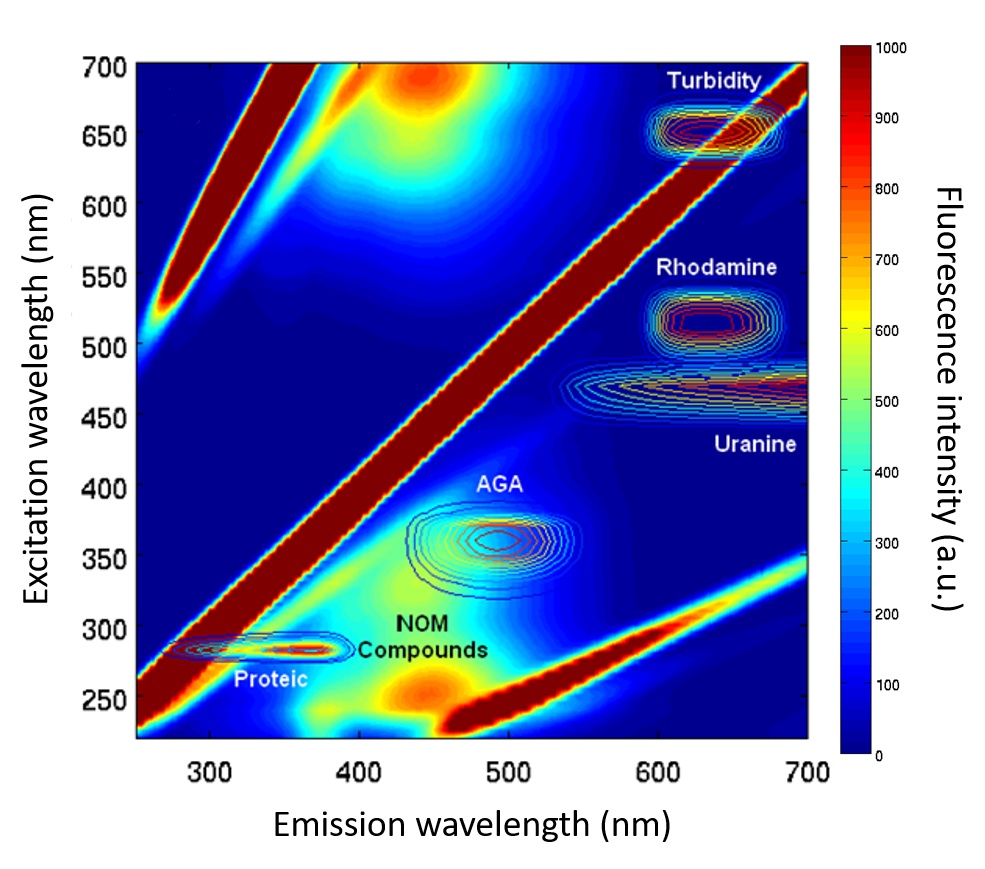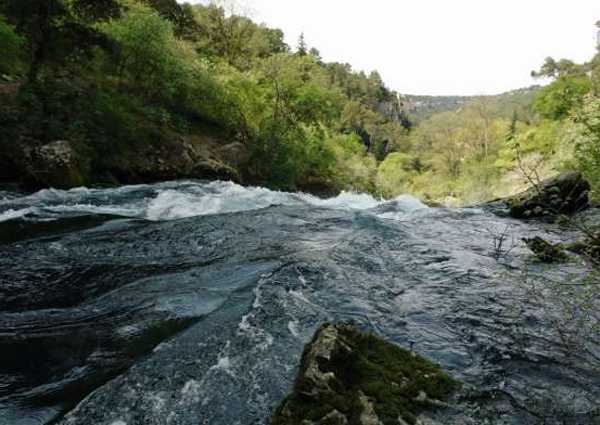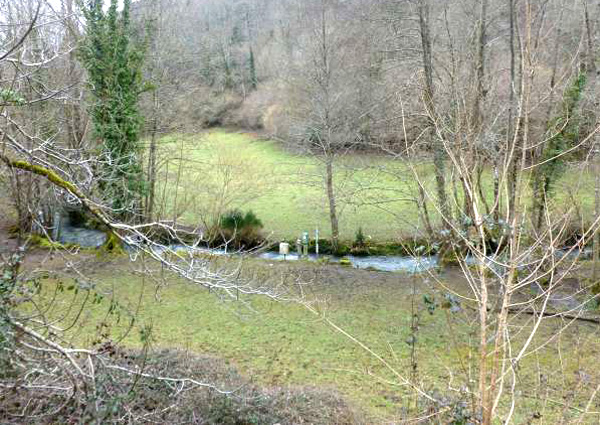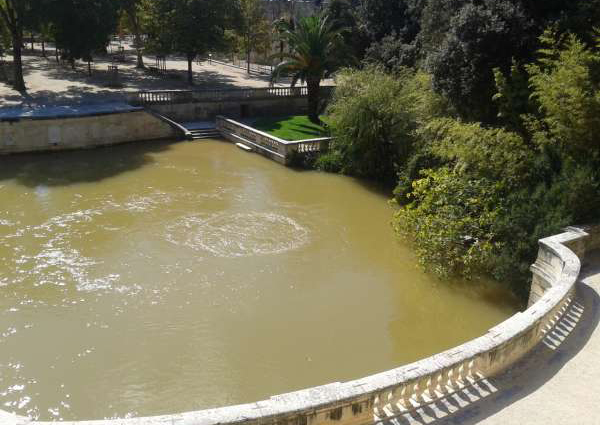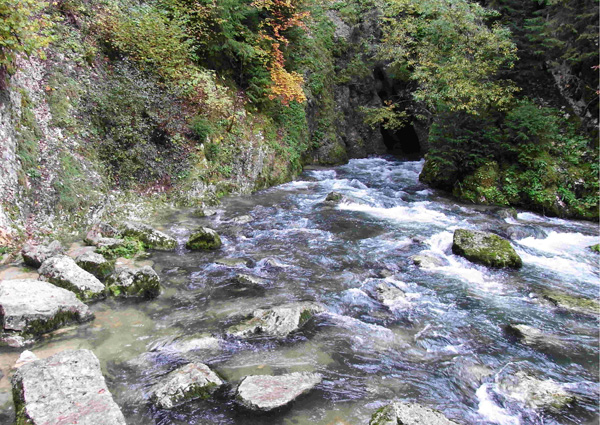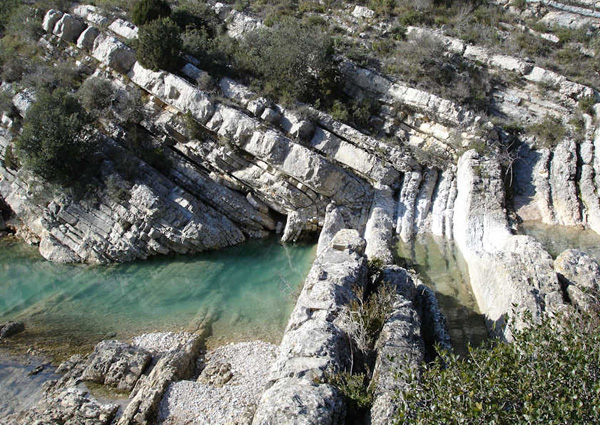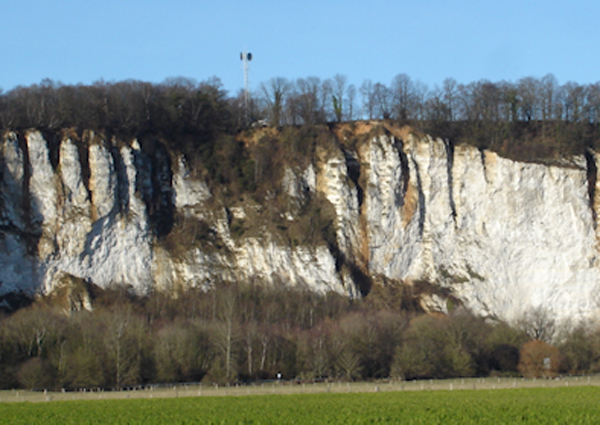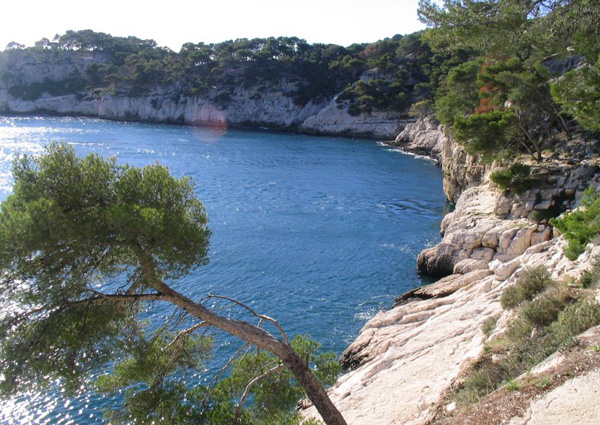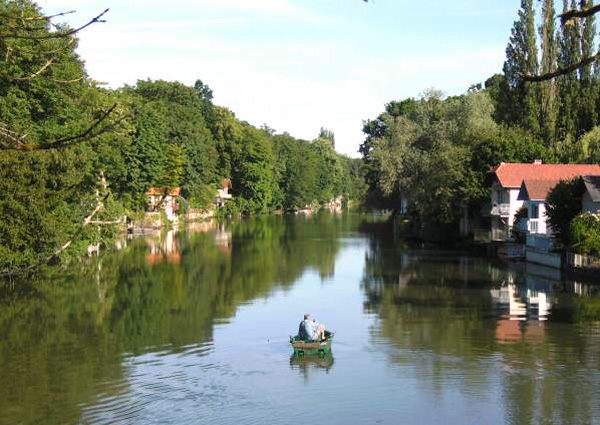A KARST IN URBAN AREA
The BRGM has monitored the Fontaine de Nîmes since 1998, and this water source belongs to quantitative groundwater monitoring network (BRGM/ONEMA agreement) to respond directly to the objectives of the Directive Cadre sur l’Eau (portal ADES – www.ades.eaufrance.fr).
Hydrodynamic and physico-chemical measurements recorded at the spring, in surface water (cadereaux, which are dry streams used to channel rainwater), in borings or in cavities, augmented by geochemical campaigns have made it possible to describe the mechanisms responsible for the genesis or attenuation of flash flooding in the Mediterranean karst environment (Maréchal et al. 2008; Maréchal et al. 2009). Numerical modeling has improved flood forecasting (Fleury et al. 2013). Complementary tracing tests have also been conducted (Maréchal et al. 2010).

